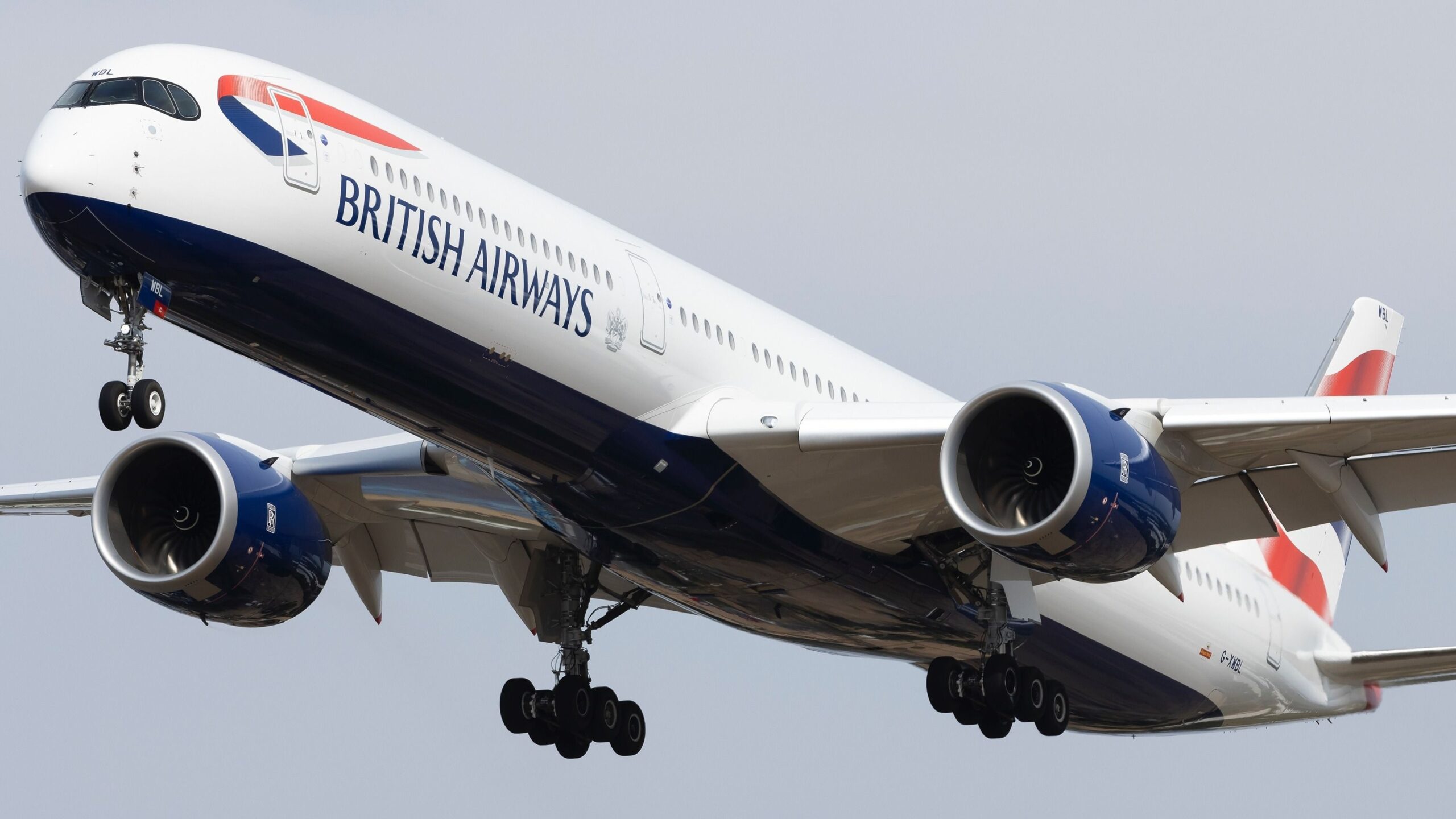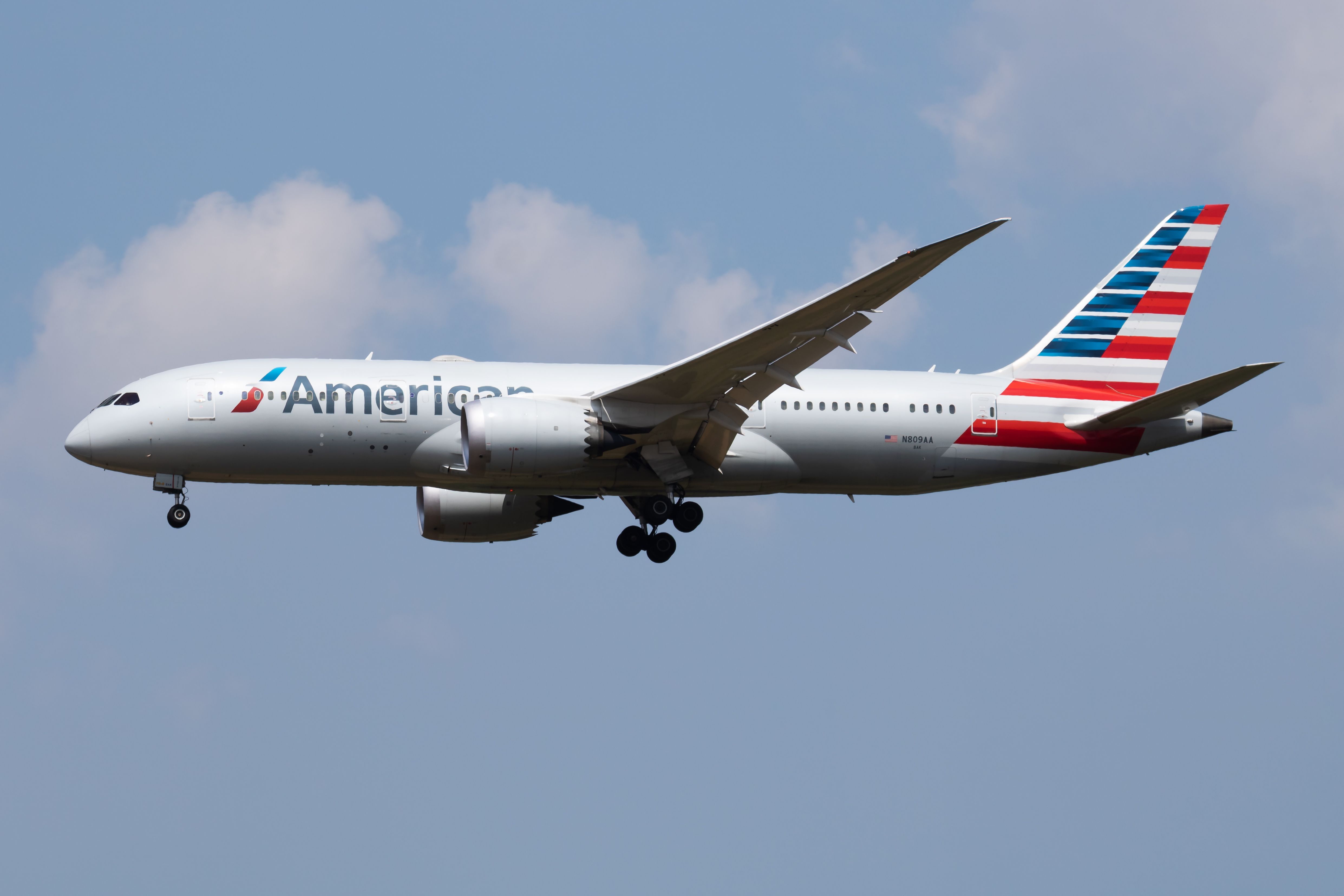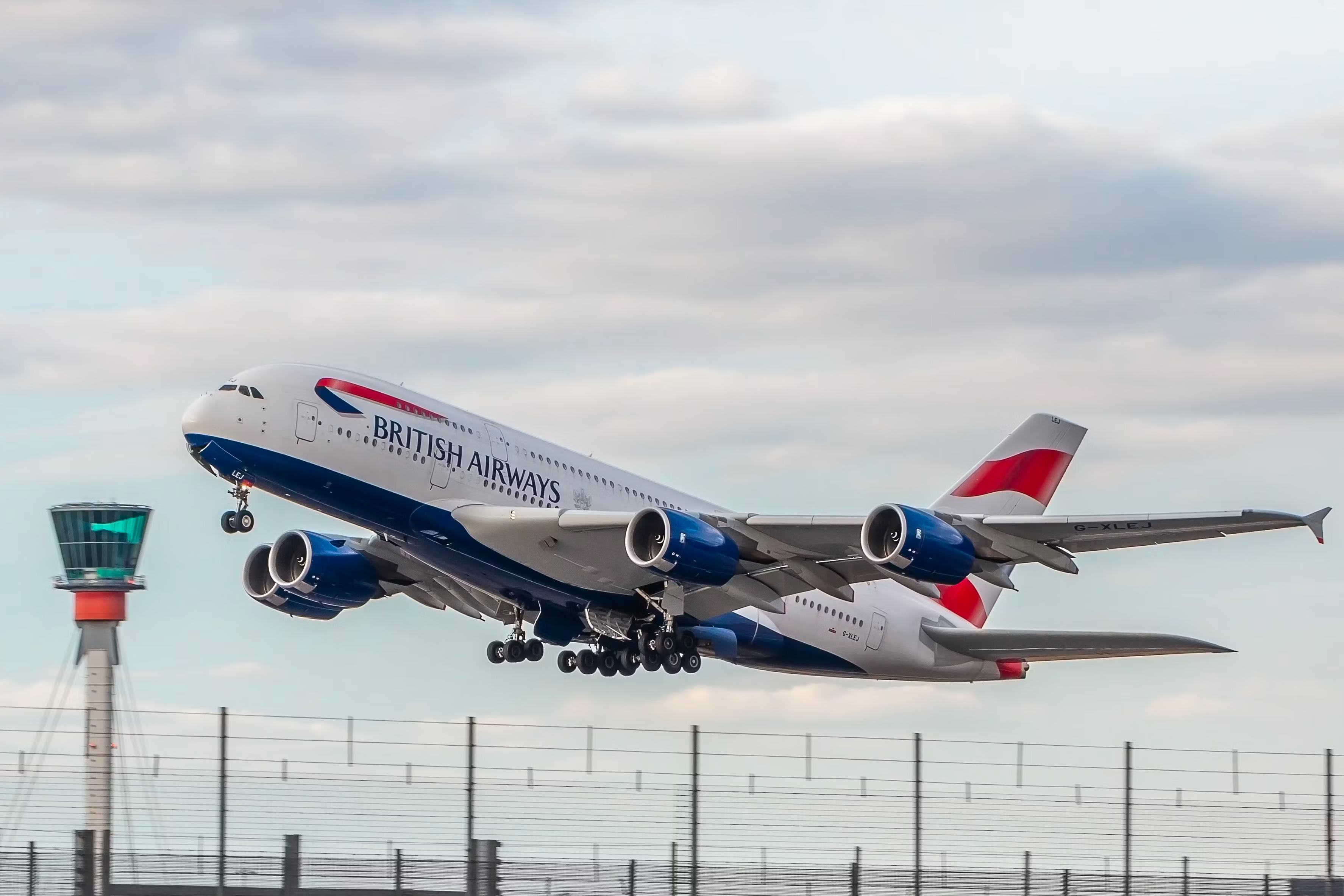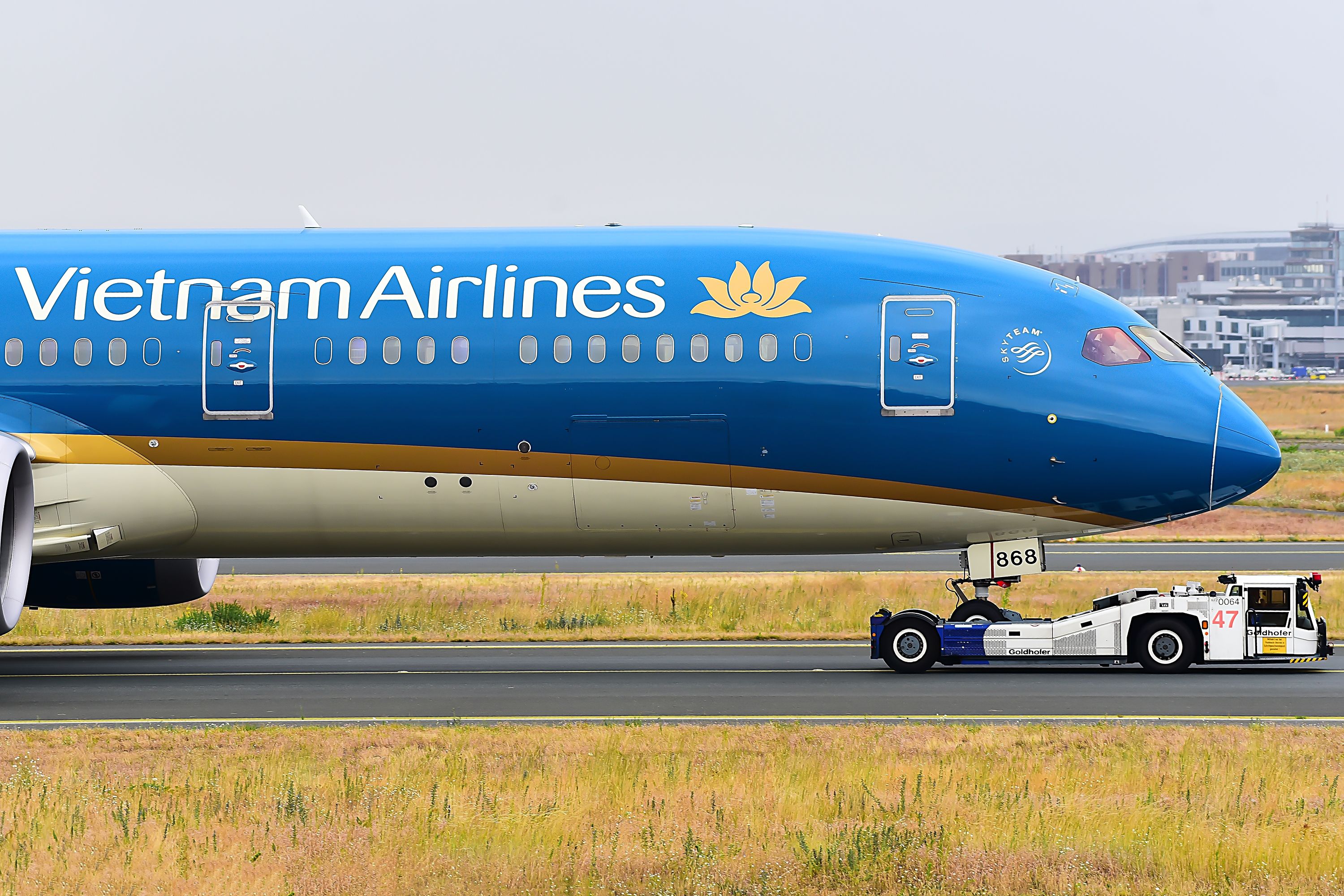Summary
- Modern commercial aviation delays at London Heathrow Airport are often caused or worsened by staff shortages, making air traffic control more challenging during heavy winds.
- Today, widespread delays and cancellations have occurred at Heathrow, affecting an estimated 10,000 passengers, or around 7.5% of daily airport passengers.
- Multiple airlines, including British Airways, Aer Lingus, KLM, and SAS, have experienced delays and cancellations, highlighting the need for airport authorities to work hard to resolve the situation and minimize disruption.
In a post-pandemic world, modern commercial aviation delays are almost always either caused or greatly exacerbated by staff shortages, whether in the cockpit, at the gates, or in the control tower. Today at London Heathrow Airport (LHR), among the world’s largest, this has occurred yet again.
Within the past 24 hours, heavy winds have hit the airport, greatly impacting flight operations and making air traffic control significantly more challenging. Meanwhile, the airport’s control tower remained short-staffed, making an even more difficult job all that harder to accomplish efficiently.
Major delays & cancelations
Across the entire airport, widespread delays and cancelations have taken place throughout the day and will likely continue on into the night. As reported by UK news outlet The Independent, more than 30 flights to the airport have been canceled since 09:00 this morning, with 28 additional inbound flights being canceled as well.
Photo: Soos Joszef | Shutterstock
In total, an estimated 10,000 passengers have been affected by the multitude of cancelations throughout the day, and it is not yet clear how many passengers will remain affected by the situation going into tomorrow. According to statistics from Heathrow Airport, an average of 128,000 passengers pass through the facility on a daily basis, demonstrating that around 7.5% of airport passengers have been affected by today’s events.
On a typical day, British Airways operates over 170 flights from its hub at London Heathrow Airport, and over three-quarters of these flights were delayed today, including regular connections to airports across Europe, such as Oslo, Milan, and Berlin. Multiple other airlines canceled operations at Heathrow today, including Irish flag carrier Aer Lingus, Dutch flag carrier KLM, and Scandinavian airline SAS.
Photo: Jarek Kilian | Shutterstock
As expected, airport authorities are working hard to get the situation under control. According to a statement issued by the National Air Traffic Services (NATS), the situation can be most aptly described as follows:
“We expect the situation to improve this afternoon. We are working hard to minimize disruption, working closely with Heathrow Airport and airlines.”
Hopefully, the situation will be resolved soon. Passengers who missed flights should first check with their airline and make preparations to catch a later flight or possibly one tomorrow.
A growing Heathrow
While many have highlighted the growth of other London area airports to signify the potential fall of Heathrow, this is inaccurate. LHR is busier than ever, handling nearly 7 million passengers during a jam-packed October, a month that typically doesn’t surpass expectations as it sits outside the peak travel season.
Photo: Vytautas Kielaitis | Shutterstock
Nonetheless, carriers continue to expand service offerings at Heathrow, with Vietnam Airlines announcing the return of daily service to both Hanoi and Ho Chi Minh City earlier this week. As a whole, the airport is set to welcome 11 new routes this upcoming winter travel season.
As a result of continual expansion, the airport’s air traffic control services will need to expand to accommodate ever-growing capacity. Nonetheless, today’s incident of bad weather combined with short-staffing could prove a bad warning sign for an ever-busy winter to come.
Source: The Guardian




